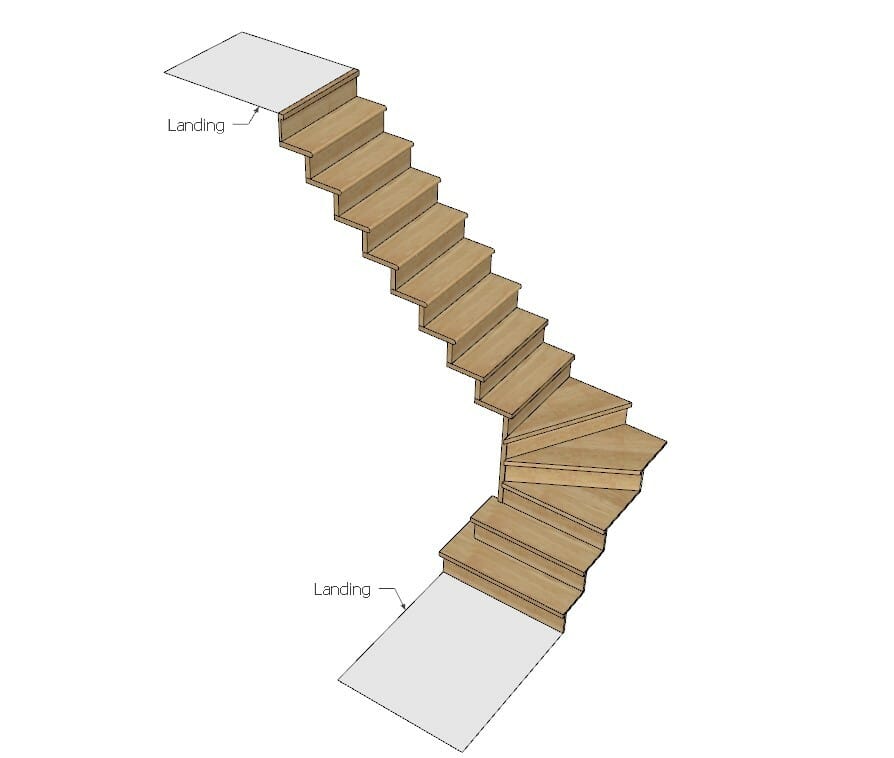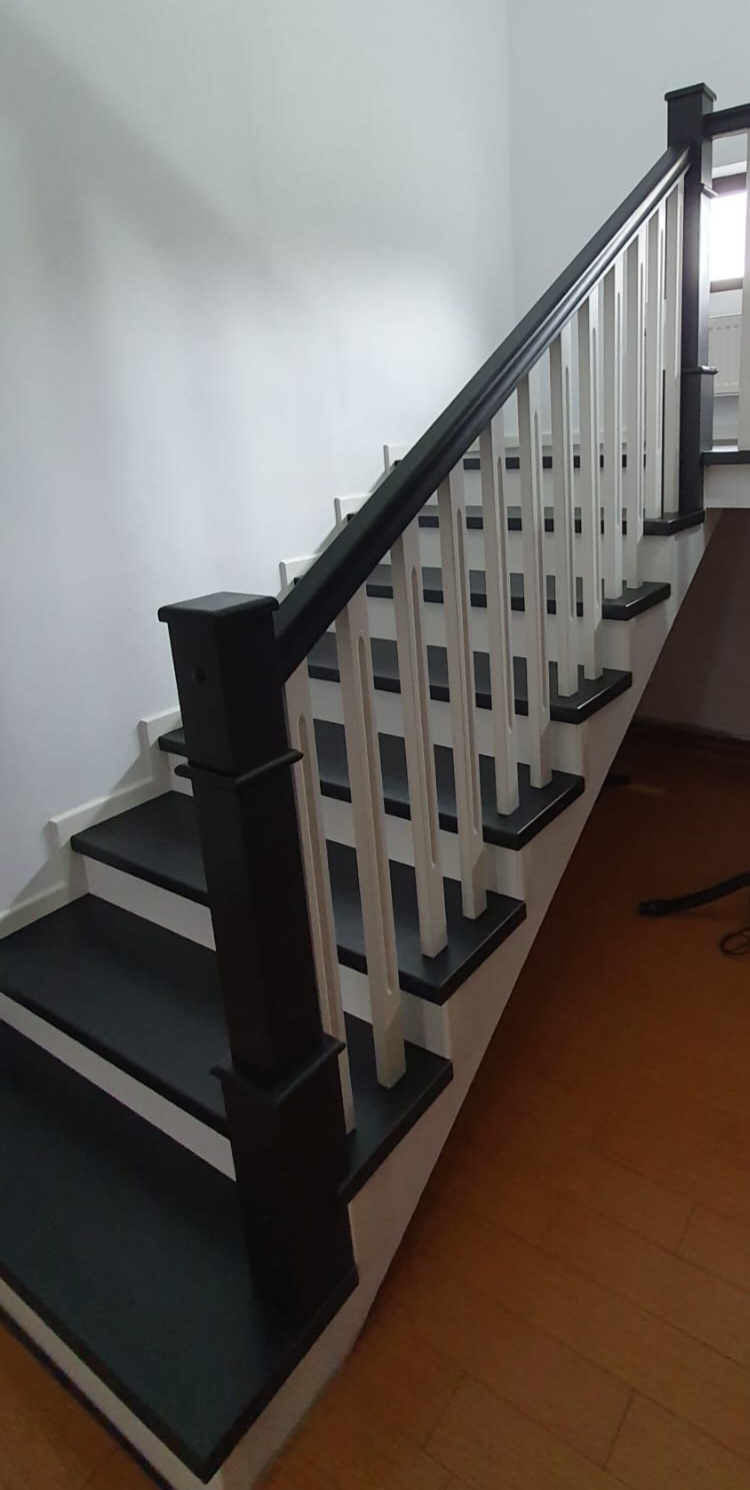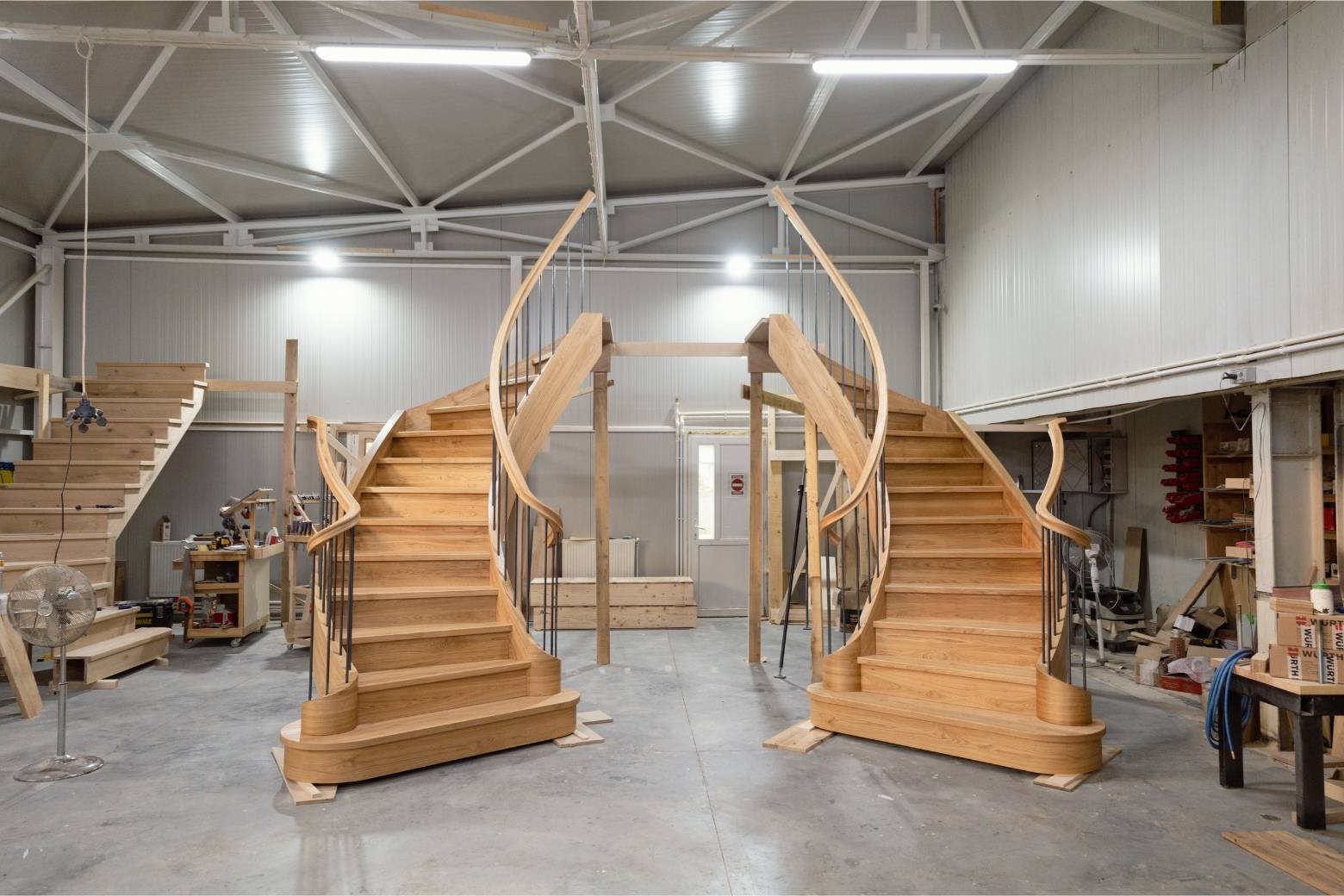Edwardian staircases – A blend of heritage and timeless design
The Edwardian era, a short but distinctive period spanning from 1901 to 1910, marked a fascinating shift in design and architecture in the UK. After the opulence and decorative excess of the Victorian era, homeowners and designers began to favour a simpler, more relaxed aesthetic.
This change touched every element of home design, and perhaps nowhere is it more beautifully preserved than in the Edwardian staircase. These staircases represent the perfect balance between heritage and timeless style—offering a welcoming elegance that is neither overly ornate nor starkly modern.
They form a bridge between the grandeur of older designs and the emerging simplicity of the 20th century. In this guide, we’ll explore the defining features of these classic staircases, the materials that make them special, and how you can restore or even recreate this beloved style in a modern home.
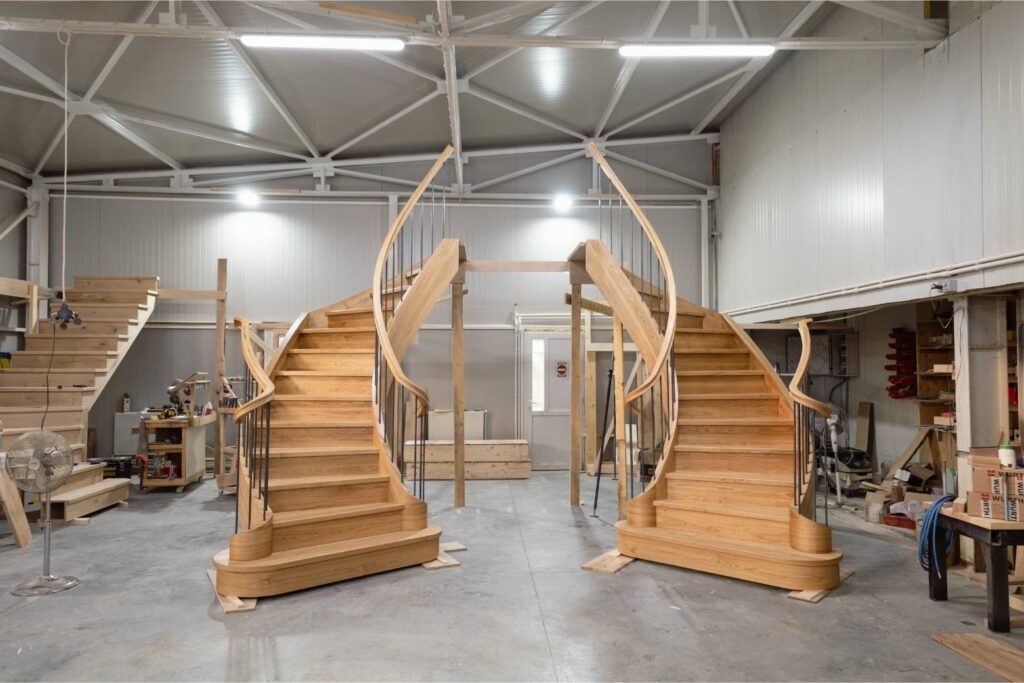
What is an Edwardian staircase?
To understand the Edwardian staircase, it helps to look at the era itself. The reign of King Edward VII was a time of prosperity and optimism in Britain. Homes built during this period were generally larger and more open than their Victorian predecessors, featuring high ceilings, large windows, and plenty of natural light. This was a deliberate move away from the darker, more cluttered interiors of the late Victorian era.
Edwardian style embraced natural light, cleaner lines, and a less crowded look. The architecture drew inspiration from the Arts and Crafts movement and a growing appreciation for classical proportion.
Within this design context, the staircase became a central, yet understated, feature. While Victorian staircases often included heavy newel posts, intricate carvings, and decorative railings, the Edwardian staircase offered a breath of fresh air. It retained a sense of grandeur, but this was achieved through clean lines, durable materials, and balanced proportions rather than excessive ornamentation.
The difference is clear when you compare periods: Georgian staircases were classically simple and symmetrical, Victorian staircases tended to be dark and intricate, while Edwardian staircases found the perfect middle ground—solid and dependable, yet open and airy, designed to welcome natural light.
Key features of Edwardian staircases
When you come across a traditional Edwardian staircase, there are certain details that immediately stand out. These design features are the reason this style has remained so enduringly popular.
Materials
Edwardian staircases typically featured natural, high-quality materials. Oak was especially popular, valued for its strength and warm grain (see our oak staircase designs for modern examples). Pine was also widely used, often painted in lighter shades to enhance the feeling of space. In some cases, more exotic hardwoods like mahogany were incorporated.
Balustrades and handrails
The balustrade is where Edwardian craftsmanship is most evident. Compared to the heavier, more elaborate Victorian styles, Edwardian staircase spindles were slimmer, with simpler square or turned designs. The handrails tended to be more elegant and comfortable to grip, often with a subtle curve. The overall effect was harmonious rather than ornate, with a focus on proportion and flow.
Treads and risers
The treads and risers were solid and practical, designed to give a sense of safety and permanence. Many staircases featured carpet runners, held in place with decorative stair rods—a small but charming detail still appreciated by homeowners today.
Finishing touches
Finishes reflected the Edwardian love for light and space. Instead of dark varnishes, lighter stains and paint colours (like cream or white) were common, helping to brighten hallways. Any carvings were usually subtle, offering a nod to tradition without overwhelming the space.
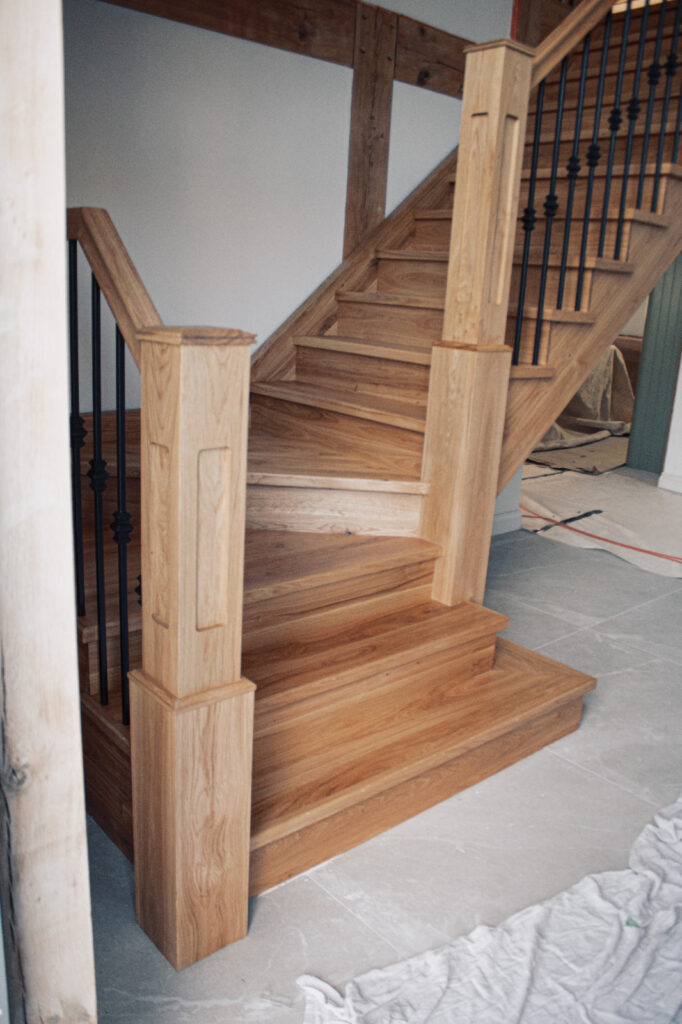
Why Edwardian staircases are still popular today
The continued popularity of the Edwardian style staircase isn’t surprising. Its clean lines, balanced proportions, and timeless craftsmanship make it a versatile choice for a wide range of properties—from heritage homes to new builds.
Because the design avoids extremes—neither overly ornate nor starkly minimal—it blends beautifully with many décor styles. Whether your home leans towards classic elegance or has a modern, minimalist interior, an Edwardian staircase can serve as a grounding feature that adds both charm and history.
This adaptability is one of the key reasons why the Edwardian staircase design remains sought after in contemporary UK interiors.
Restoring or recreating an Edwardian staircase
If you’re fortunate enough to have an original Edwardian staircase in your home, restoring it can be an immensely rewarding project. If you don’t, recreating this timeless design is an excellent way to introduce character and heritage into your space.
Restoring an original staircase
Restoration begins with a careful assessment of the staircase’s condition. Check for damaged timber, worn treads, loose handrails, or rotting wood. Old layers of paint or varnish may need to be carefully stripped to reveal the natural grain beneath.
Repairs might include replacing damaged Edwardian staircase spindles, tightening joints, or refinishing handrails. The goal is to preserve as much of the original structure as possible while bringing it back to life.
Recreating the Edwardian style
For those working on a renovation or a new build, recreating the Edwardian look is a fantastic option. Using traditional materials like oak, paired with modern milling techniques, allows you to achieve historically accurate profiles for balustrades and handrails.
Working with specialists ensures every detail—from spindle shape to newel post design—is crafted to perfection. The result is a staircase that feels authentic yet perfectly suited for contemporary living.
Inspiration for modern Edwardian-style staircases
The beauty of the Edwardian style lies in its flexibility. You don’t need to recreate every historical detail to capture its essence. The key elements—clean lines, quality materials, and a sense of airiness—can be adapted for modern interiors.
For example, combining an oak handrail and spindles with a metal frame timber tread staircase creates a striking fusion of old and new. Neutral wall colours, carefully chosen lighting, and complementary flooring can complete the look, blending historical charm with modern sophistication.
Conclusion
The Edwardian staircase remains a desirable choice for homeowners who value craftsmanship, heritage, and timeless style. Its blend of elegance, simplicity, and durability makes it suitable for both period properties and modern homes.
Whether you’re restoring an original feature or creating a new staircase that honours this iconic style, the result will be a focal point admired for generations.
If you’re considering an Edwardian-style staircase for your home, our expert team can guide you through every stage—from concept to completion.
👉 Contact us today to discuss your restoration or bespoke design project.
